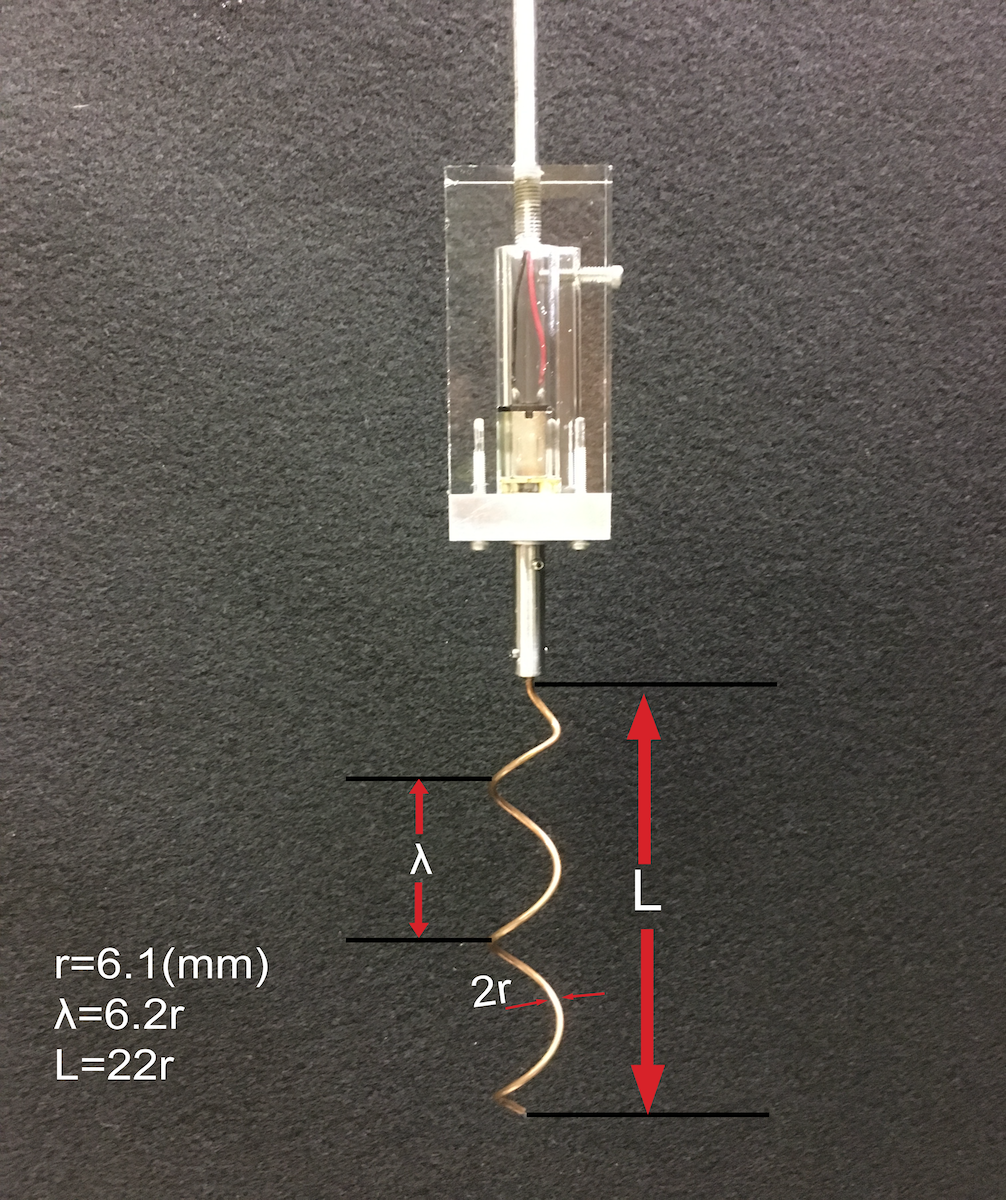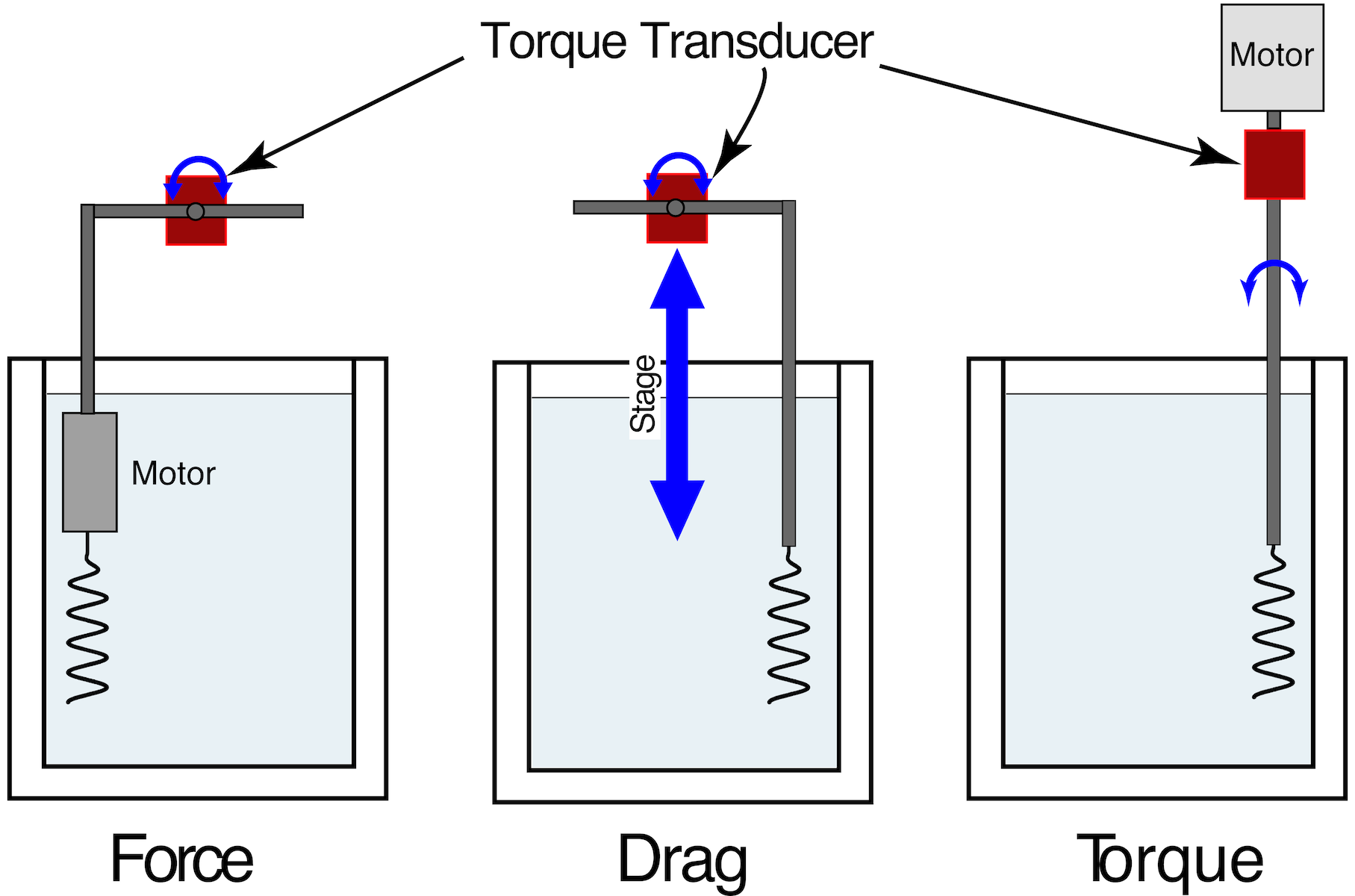Studying Bacteria at Macroscopic Scale!
Why Study Bacterial Swimming?
When we think of swimming, we imagine pushing outselves through a pool, and it’s easy to assume bacteria move using similar mechanisms. The challenge is, bacteria are so small, the medium they swim in, water, appears more viscous. This is characaterized by the Reynolds number. The analog of a bacteria pushing itself through water would be a human trying to swim in maple syrup. If you saw the Mythbusters episode in which they try to swim through syrup, you’ll know it doesn’t work well.
Furthermore, in this low-Reynolds number regime, reciprocal motion typically does not result in net forward motion. If you kick your legs in a pool, slipping allows you push forward. However, in a low-Reynolds number environment such as swimming in syrup, reciprocal motions like this will only cause you to shift forwards and backwards with no net motion. This sets the stage for our resarch project looking at how bacteria swim using helical flagella.
How We Modeled Bacteria on a Macroscopic Scale
My research project studied how bacteria with helical flagella move. The study used a macroscopic model to study the fluid mechanics of a bacterium’s flagellum. Our macroscopic model used a robotic swimmer connected to load sensors to study the force generated by rotating the flagellum. Critically, we need to preserve the Reynolds number in order for our scaled-up model to be accurate. As such, we used silicone oil as our medium, which has a viscosity approximately one hundred thousand times that of water, and compensates for the increase in length scale.
The robotic swimmer would rotate the flagellum at a controlled speed, which we could precisely measure by running a Fourier transform on the collected data, for the data showed a slight oscillation at the frequency of oscillation. The diagram below shows the test setup for measuring the force, torque and drag produced by the flagellum.


I presented the results of this research at the American Physical Society March Meeting in 2017 and 2018.